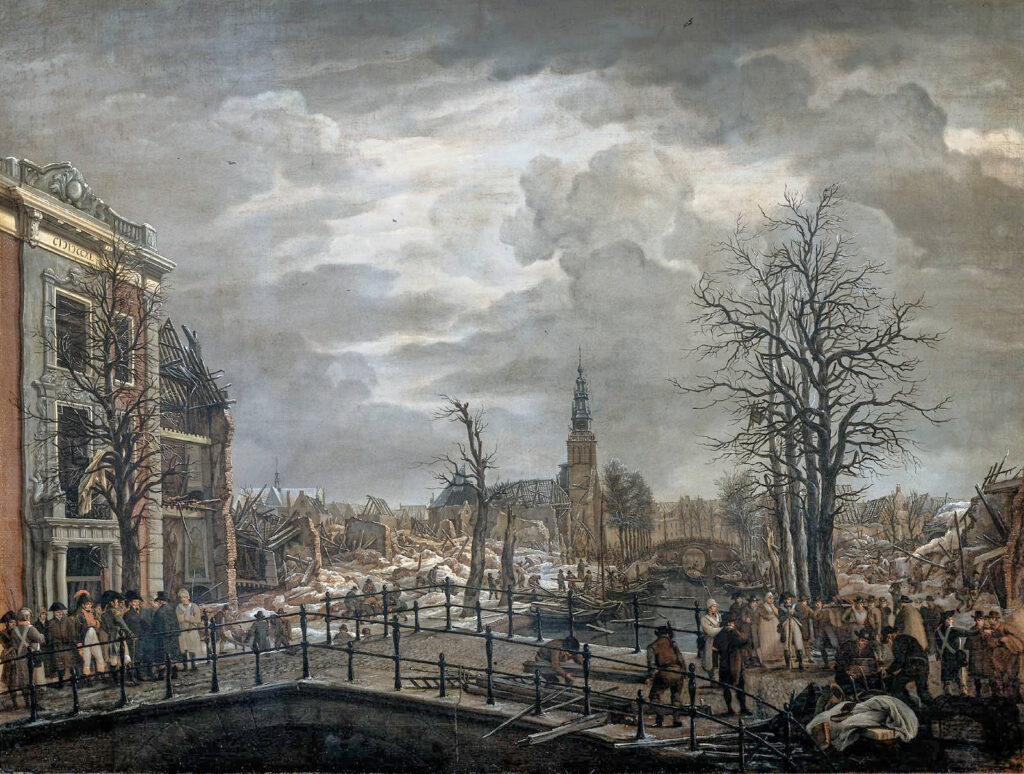leiden
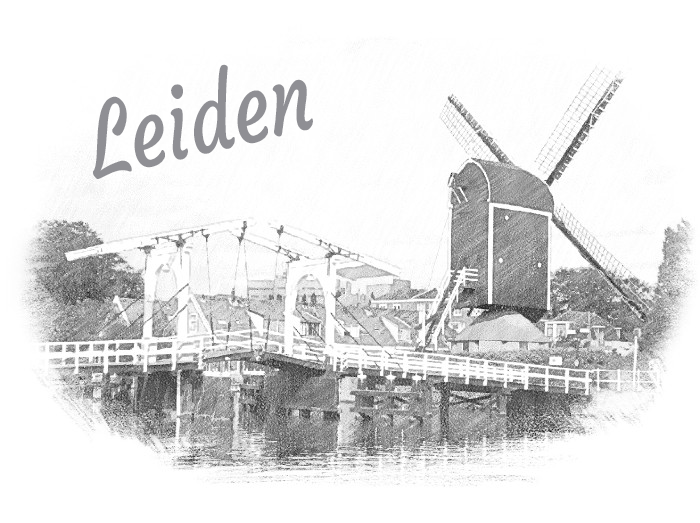
Leiden is a small but mighty gem
Leiden is a picturesque city that effortlessly blends history, culture, and natural beauty. With its cobblestone streets, tree-lined canals, and ancient architecture, it exudes an old-world charm that captures the hearts of locals and visitors alike.
Leiden’s rich history dates back to Roman times and is intertwined with the renowned University of Leiden, the oldest in the Netherlands, which has played a pivotal role in shaping the city’s identity. Strolling through its historic center, you’ll encounter an array of museums, including the Rijksmuseum van Oudheden, showcasing fascinating artifacts from various civilizations.
Beyond its historical significance, Leiden boasts an enchanting atmosphere that draws people to its outdoor cafes, boutique shops, and vibrant markets. The city’s many parks and gardens offer serene spots for relaxation and leisure, while its dynamic cultural scene ensures a diverse range of activities for every taste.
Leiden’s strategic location also makes it an ideal base for exploring the rest of the Netherlands, as Amsterdam, The Hague, and other iconic Dutch cities are easily accessible by train or bicycle.
In summary, Leiden is a small but mighty gem that leaves a lasting impression on all who visit. Its blend of history, culture, and scenic beauty make it a must-see destination for those seeking an authentic Dutch experience.

the relief of leiden
In 1572 the city sided with the anti-Spanish revolt.
The Spanish governor Requesens besieged the city in 1574. About a third of the 15,000 inhabitants lost their lives during the siege. After the siege had been defeated – the relief of Leiden on 3 October 1574 – the city received the first university in the Netherlands in 1575, Leiden University. The festival consists of many traditions that go way back. The party is ushered in in the evening on October 2 with the tattoo: a parade of many Leiden associations. The entire celebration can be viewed and listened to directly in Leiden and the surrounding area via radio, TV and the internet. In the early morning of 3 October, the reveille and the traditional presentation of free herring and white bread will take place in the Waag to residents of Leiden. This refers to the herring and white bread that the water beggars brought into the city immediately after the liberation. In the afternoon there is a big parade and in the evening the party is concluded with a fireworks spectacle. The big fair and the festive market will open on 1 or 2 October. Traditionally, stew with brisket or smoked sausage is eaten on 3 October in Leiden. A variation on the dish that, according to tradition, a boy from Leiden, Cornelis Joppenszoon, found in the abandoned Spanish army camp. To commemorate the siege and relief, Leidens Ontzet is celebrated every year on 3 October.
GOOD MIE KILLED MORE THAN A HUNDRED
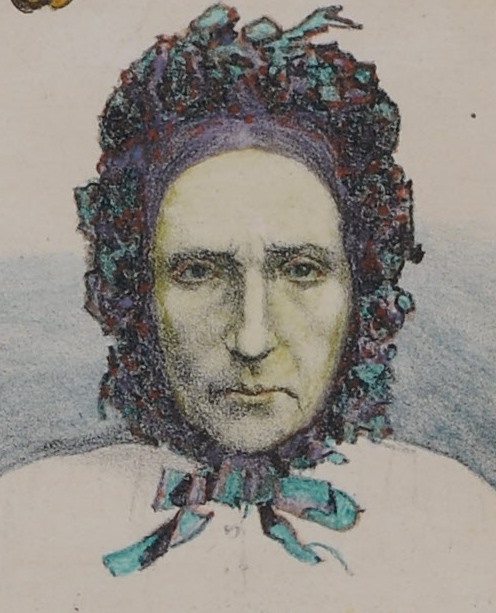
Maria Catharina Swanenburg (9 September 1839 – 11 April 1915, Leiden) was a Dutch serial killer who was listed in the Guinness Book of Records as the greatest poison mixer of all time.
She poisoned about sixty-five neighbors in six years, twenty-three of whom died, but was suspected of killing more than a hundred people by poisoning. For a number of victims, she did this because she was looking for their insurance and funeral funds and inheritances. Maria Catharina Swanenburg spent her life mainly in poor Leiden neighborhoods, where she cared for the sick.. On 13 May 1868, Mie married the blacksmith Johannes van der Linden, from whom she had five sons and two daughters. Two of Mary’s children died very young. It has been claimed that these were her very first victims, but it seems more likely that these children were victims of a cholera outbreak that prevailed at the time.
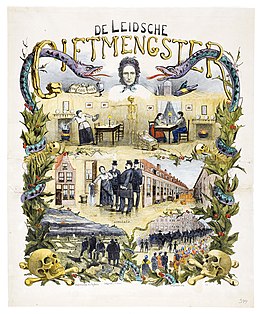
Maria was well known in Leiden and at that time she got her first nickname, Good Mie. But while she took the elderly and sick under her wing, she also closed funeral funds and insurances on their lives – often in secret, because even this was possible. There was a lot of money to be made with this, because people generally appreciated a neat funeral. Probably around 1877, the same period in which she began to take out funeral insurance for others, Mary began systematically poisoning her fellow human beings. First it was about individual local residents, later she exterminated entire families, including small children, with the help of arsenic (in the form of arsenic oxide) because of the inheritances. Her own family was not spared either: on 30 May 1881 Maria poisoned her sister-in-law Cornelia van der Linden, on 15 July her nephew Willem and on 1 November his brother Arend. For this she collected a total of 149 guilders. It is thought that she also poisoned her own parents, but during the preliminary investigation this turned out not to be the case.
On May 1, 1885, Mie was sentenced to life in the penitentiary. She then spent the rest of her life in the women’s prison in the Keizerstraat in Gorinchem, where she died in 1915 at the age of 75.
the galgewater
The Galgewater in the Dutch city of Leiden is both the name of a water and a street. The name is derived from the gallows that used to stand along this water.
The Galgewater watercourse is a part of the Oude Rijn. The name refers to the part from the Bostel bridge at the Prinsessekade and the Kort Rapenburg in the center, downstream to the railway bridge in the Oude Lijn at Ter Wadding/,De Groote Vink and the Korte Vlietkanaal.
typical student city
Thanks to the cloth industry, Leiden belonged from the late Middle Ages until the 17th century to the largest cities of the Northern Netherlands.
Leiden has been a typical student city for centuries; it has the oldest university in the Netherlands (founded in 1575). The university is continuously in the global top 100 of all leading rankings. University and college together have almost 50,000 students. The city is a tourist attraction, due to its internationally known museums and the old, especially since 2000 strongly renovated city center with canals, monumental buildings and courtyards. In total, Leiden museums attract around 1.3 million visitors. A recent further strengthening of the attractiveness of the monumental city center is the Singelpark, and a 6.5 km long walking route with new bridges and parks.
Leiden’s nickname is the Key City, referring to the keys in the city coat of arms.

the weighing house
The Weighing house is a national monument located on the Aalmarkt in Leiden.
The Weighing house has now been taken into use as a terrace. The Weighing house was the place where the goods of traders from other cities were weighed and checked, in this way it was possible for the city of Leiden to levy excise duties on the goods as well as to check the products for quality. Another advantage of the Waag was that the buyer, the ultimate buyer of the merchandise, knew exactly where he or she stood since the traders received a ‘dare note’ which was actually the guarantee for the consumer that the weight of the goods was correct.
Nowadays, the building of the Weighing house is used for concerts that are organized from the City Auditorium Leiden. The building of the Waag can also be rented for receptions, dinners and cabaret performances. The upper sculpture by the artist Rombout Verhulst shows how several men are busy with barrels. These barrels, brought in from the countryside, were filled with butter. Behind the Weighing house was the butter hall, the central marketplace in the city of Leiden where, among other things, butter was traded.
It was built around 1657 to a design by Pieter Post on the site of the old, wooden weigh house. Since 1455 this stood at the place where the Old Rhine, the New Rhine and the Mare meet. The Weighing house is built in the style of Dutch classicism and above its gate is provided with a relief made by sculptor Rombout Verhulst .
Leiden Castle
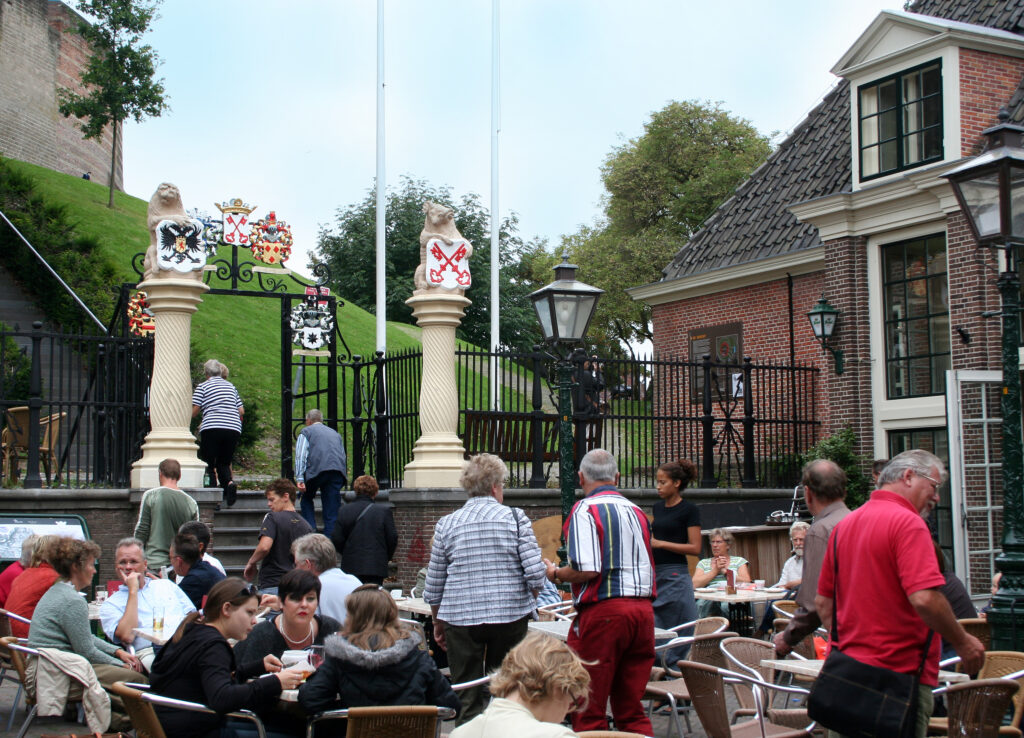
Leiden Castle is one of the oldest surviving examples of a castle in the Netherlands.
The building is located in the middle of Leiden, on the spot where the two arms of the Rhine merge.
The round structure is located on a motte, an artificial hill, and can be entered through a sandstone gate.
The castle stands above the city on an artificial hill and is one of the best preserved examples of a motte castle.
The castle is equipped with a parapet with battlements and has a diameter of approximately 35.5 meters. The wallwork is on average 6.3 meters high and has a thickness of 80 to 90 centimeters. On the inside, the castle is equipped with deep brick savings arches. Above this construction is a weather corridor. Loopholes have been installed in the wall in various places. A single pillar has a small niche

National Museum of Antiquities
The Rijksmuseum van Oudheden (RMO) is the national archaeology museum of the Netherlands.
It is located in an old mansion and beguinage, a monumental building complex owned by the State on the Rapenburg in Leiden,
King Willem I founded the RMO in 1818.
The museum manages collections of archaeological artifacts from cultures that have had a major impact on our contemporary culture. In addition, the museum also manages the masterpieces of Dutch archaeology dating from prehistory to the end of the Middle Ages.

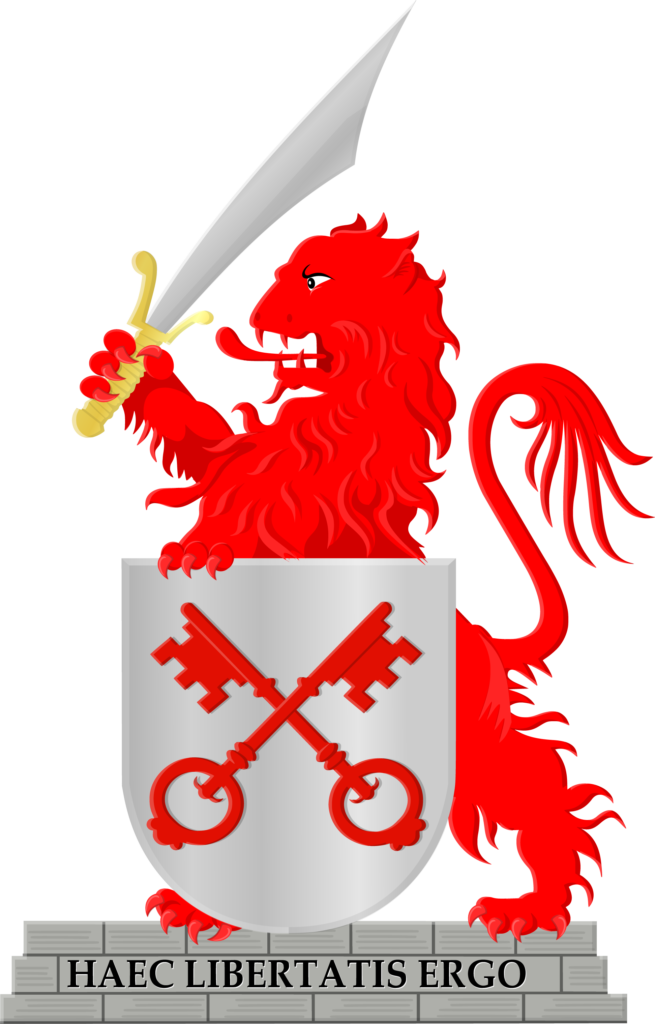
gunpowder disaster
On January 12, 1807, a ship loaded with gunpowder exploded here in the Steenschuur.
An entire residential area was wiped out by that huge explosion.
About 160 people died and another 2,000 were injured. After the explosion, the disaster area remained unbuilt for a long time. In 1884 a statue of Mayor Van der Werff appeared on the so-called ‘Great Ruin’, surrounded by a park. Van der Werff was considered one of the great heroes during the Spanish Siege of Leiden in 1574.
Corn bridge
The Corn bridge is a fixed stone arch bridge with double roof over the water of the Nieuwe Rijn in the center of the Dutch city of Leiden. The bridge connects the Burgsteeg with the Koornbrugsteeg.
For centuries, corn was traded on the bridge. The first mention of a bridge at this location dates from the 15th century. In 1642 this bridge was replaced by the current Corn bridge with three arches and chic natu-ral stone fronts. The first stone was laid on December 15, 1642. The bottom of the bridge dates from this time. The bridge owes its name to the fact that corn was traded there. In the 17th century, the bridge was renewed to a design by Leiden architect Arend van ‘s-Gravesande.
In 1824 a roof was placed to protect the merchandise. The two roofs in neoclassical style were designed by Salomon van der Paauw, the city architect of Leiden. In the roof is the city coat of arms of Leiden (keys) surrounded by ears of corn. The corn was stored under the roof. The holes in the ceiling served as ventilation

CENTRAL STATION
The station building was designed in 1987 by NS architect Harry Reijnders. The futuristic design for that time consists of white half-timbered constructions. Characteristic is the entrance, consisting of a curved white shell. It was officially opened on May 4, 1996. Initially, a large, separate room for ticket sales was opened at the main entrance. With the arrival of the ticket machines in the station hall, this space, which was difficult to heat due to the high ceiling, turned out to be largely unnecessary.
HARTEBRUG CHURch
The Hartebrugkerk in Leiden is a place for peace, quiet and prayer in the city centre.
The church is officially called: ‘Our Lady Immaculately Received’, but in general people speak of the Hartebrugkerk. The name Hartebrug is taken from the bridge that used to be here in the Haarlemmerstraat over the now dampened Mare. On the spot where the church now stands, there was a brewery “Het Witte Hart” until 1760. The inscription on the façade reads: ‘Hic domus Dei est et porta coeli’, ‘Here is the house of God and the gate of heaven’. In addition to the above text, the façade also contains the All-Seeing Eye. This symbolizes the omnipresence of God: He is everywhere. of Leiden.
The church is open to visitors on Sundays and Mondays from 12:30 and on the other days from 08:30 to 16:00.
On Sunday morning there is a eucharistic celebration at 11.15 am
Naturalis Biodiversity Center
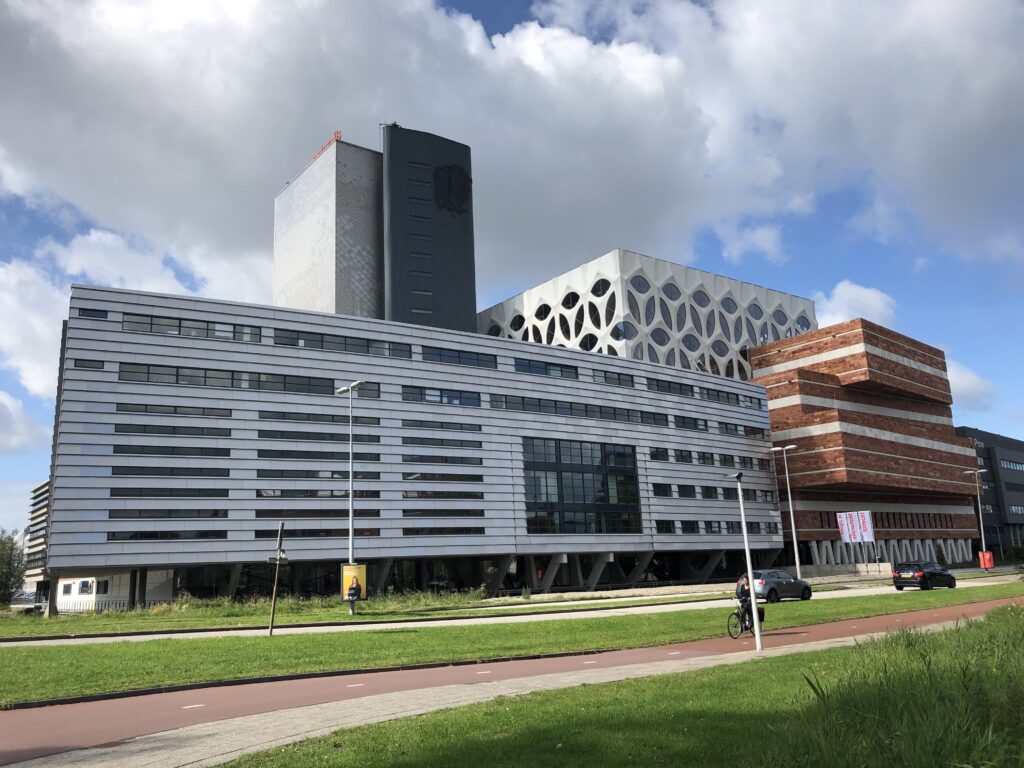

Naturalis is the national research institute for biodiversity. Our scientists dedicate themselves to describing, understanding and preserving biodiversity without interruption.
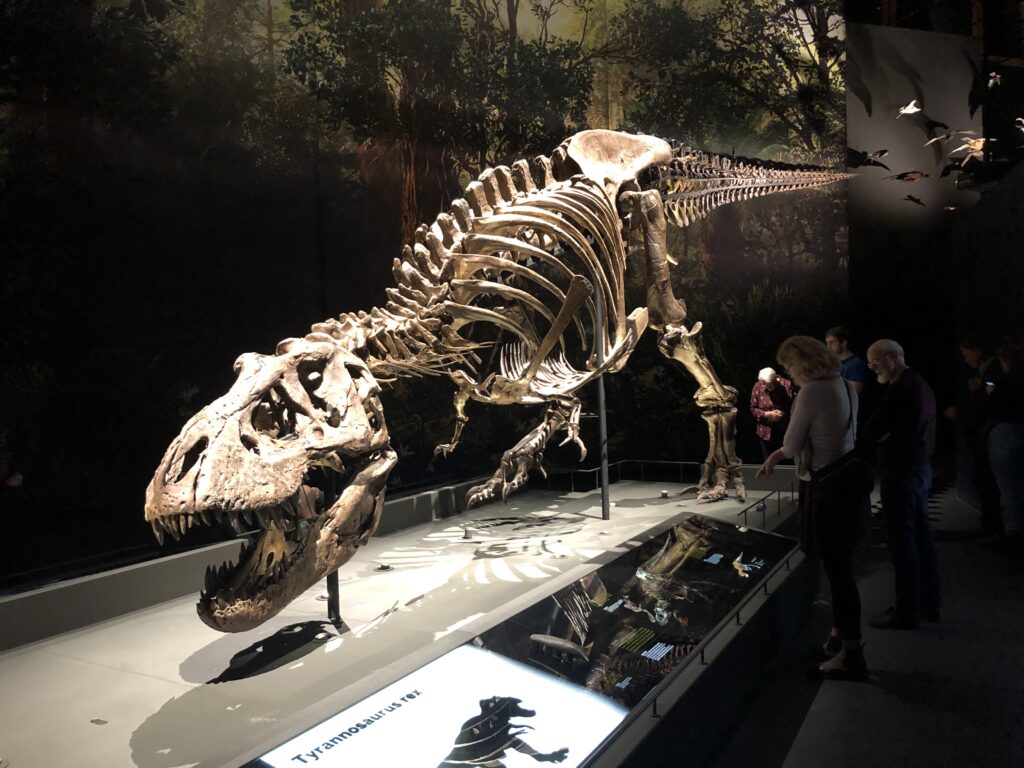

National research institute
Naturalis employs 120 scientists in seven different research groups. We are happy to offer young scientific talent the opportunity to further develop ideas in a stimulating, open environment. With 80 PhDs and postdocs, Naturalis contributes to innovating Dutch research at the highest level in the green life sciences.










